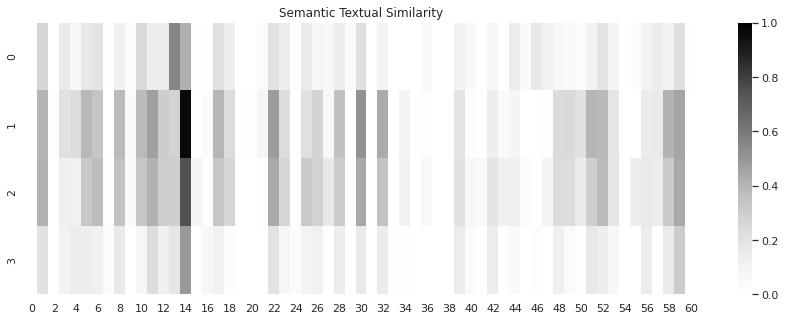In my prior articles, I have discussed substantially copying claims, and third-party submissions. This raises the question, should you copy competitors claims, or file a Third-Party Submission (3PS) (if the timing requirements of 35 USC 122(e)(1) are met)? Deep neural network techniques can be utilized to help decide the best course of action.
All in Deep Neural Networks
Using Deep Neural Networks to Seed Forward Citations with Third-Party Submissions
Forward patent citations of your specification can make your patent more valuable. Deep neural networks can be used to help patent owners increase their forward citation count through the use of Third-Party Submission (3PS) forms in their competitors patent applications. Based on the information discovered and generated using deep neural network techniques, a 3PS form can be completed and submitted in the third-party application. In time, the patent owner’s application will then show an increased forward citation count based on that submission.
Using Deep Neural Networks to Mine Your Patent Specification for Claims that Your Competitors Want
In my article, “Finding Forward Citations and Getting Claims Your Competitors Want Using Continuations,” I discuss the concept of obtaining claims that your competitors are seeking to obtain and that your patent specification pre-dates and supports. In that article, the prerequisite to doing this was finding a forward citation to your patent where it was used to block the competitor. Wouldn’t it be nice if you could automate the discovery of competitor claims that read on to your prior patent specifications, even if an Examiner hasn’t appreciated this fact? This can be done using deep neural network sentence encoders.
Using Deep Neural Networks to Strengthen Your Information Disclosure Statement Submissions
With more comprehensive art citations during prosecution, a patent will be more likely withstand attacks under 35 USC 102 and 35 USC 103. This benefit to the validity of a patent can be maximized when the most relevant portions of each cited reference are made of record and presented to the Examiner for consideration. With deep neural network sentence encoders, highly detailed and relevant pin citations for each art reference can be mapped to each claim element sought during prosecution and provided to the Examiner for consideration. Any resulting patent will be immunized against attack from these or similar references.
Using Deep Neural Networks to Find Highly Relevant Unknown Prior Patents and Create Invalidity Charts
Deep neural network sentence encoders can be a very powerful tool to help you automate the process of reviewing and applying an inhuman number of potential invalidating references against a set of subject patent claims. After a search is conducted, the sentences and paragraphs of the resulting patents and publications can be automatically compared against the specific claim language of the subject patent. A full analysis of the search results may indicate even stronger patents or combinations of patents to apply against a subject patent claims than the art of record, or may help to confirm the strength of the subject patent claims relative to a larger collection of art references than originally cited during prosecution.
Using Deep Neural Networks to Find the “Best” Known Cited Art and Create Claim Charts
When initially reviewing a patent portfolio to understand its scope, it is helpful to understand the universe of art that has already known in the portfolio. When there are a large number of known art references, it is extremely helpful to be able to focus on the "best" art that is of record. Using deep neural network sentence encoders, we can automate the discovery of the "best" parts of the known art.
Using Deep Neural Networks to Analyze Priority Claims to Provisional Applications
However, often provisional applications are not as detailed as the later filed non-provisional applications. The patent claims are only entitled to the date of the provisional application for material that was disclosed in the provisional; not new matter that was added in a later filed non-provisional application. Like the analysis that was performed in the article Using Deep Neural Networks to Automate the Creation of Specification Support Charts, Deep neural network can also be used to help analyze priority claims to provisional applications.
Using Deep Neural Networks to Analyze Specification Support and Automate the Creation of Specification Support Charts
A heat map display can be used to easily visualize where claim elements are supported in the specification. The darker the color intersecting cells represent more similarity between the specification and the claim language. To the extent the heat map does not have a high level of similarity to the claims, it may indicate that there is an issue with specification support for a particular claim or claim element. This information can be used to automate the creation of a more traditional claim support chart.
Using Deep Neural Networks to Streamline Patent Prosecution and Litigation Tasks
Patent prosecution and litigation tasks can be streamlined and improved using deep neural networks trained to determine semantic similarity between sentences. In the next series of articles, I will discuss using this type of sentence encoder deep neural network for various patent related tasks including.









